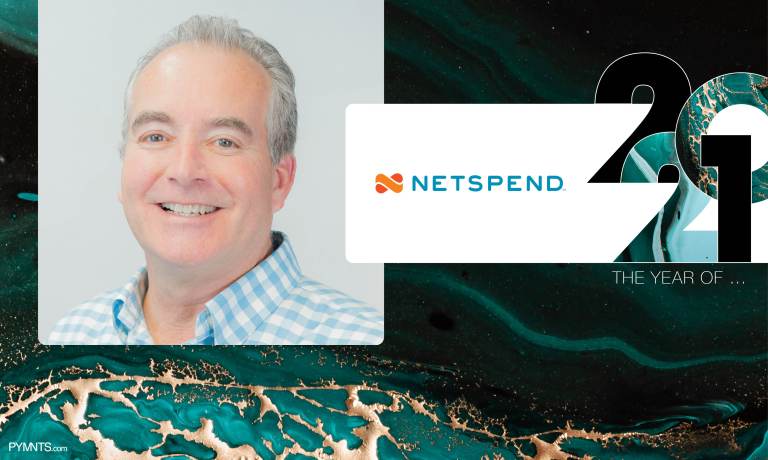2021 was a time of digital and online innovation, which led to an overwhelming amount of consumer payment choice, but the phenomenon of having many options to choose from extended beyond the world of eCommerce. Just like today’s online consumer wants control over how they pay, employees are finding that they have more employment choices than ever before, and are empowered to take control of how they pay and get paid. Employers who want to attract and retain employees will have to stand out from the crowd and make sure they can offer flexible benefits to help their employees feel more financially stable through higher wages and quicker access to earnings.
Early in the pandemic, many essential workers took on personal risk and worked long hours while others lost their jobs. Now, many of these same hourly wage, frontline and minority employees are more likely to want to leave their jobs, at significantly higher hourly rates than usual, according to Mercer. Hourly wage employees have always been concerned about being able to pay bills or pay off debt; unfortunately, the pandemic has added more stressors, which has caused many to reassess their career paths entirely. At the same time, millions of employees have been forced to make the tough choice of retiring early, which has created more job vacancies than ever.
Now, American workers are feeling confident that they can find new employment elsewhere. So, what’s the common theme that’s causing these workforce changes? Employees want to feel valued, heard and compensated appropriately while feeling empowered to take control over their careers and their earnings.
While year-end bonuses may keep some employees content for the short-term, employers must be looking for sustainable solutions to hold onto employees well into the new year and beyond — especially hourly workers who might not be eligible for bonuses. Research shows that more than half (57%) of hourly workers say they feel financially insecure, which can lead to stress and lower productivity for employees and employers, which translates into less profit.
Another key trend that has emerged is workers wanting their employers to do more to support their financial health with on-demand access to income through earned wage access solutions. In fact, workers would consider changing employers to get earlier access to wages they’ve earned, with 79% of workers interested in working for employers who provide on-demand access to wages.
Advertisement: Scroll to Continue
Many employers are trying to keep employees by offering more creative compensation packages. Clearly, wage rates have been the primary factor for employers trying to attract hourly workers. However, in today’s employment marketplace, how workers get paid is just as important when it comes to employment preferences and selection. It’s essential that employers better understand what they can do, beyond raising wages, to ensure that their workforce feels financially stable and confident.
My prediction for the new year? Employers who provide comprehensive financial wellness platforms to help their workforce manage and stabilize their financial security will stand out in the hiring crowd and be able to attract and retain workers who will be more loyal, productive and financially stable.






